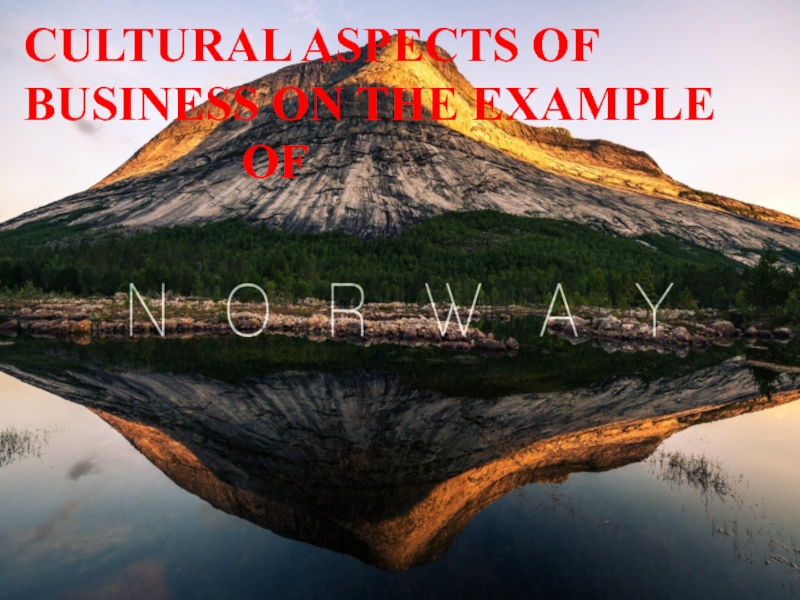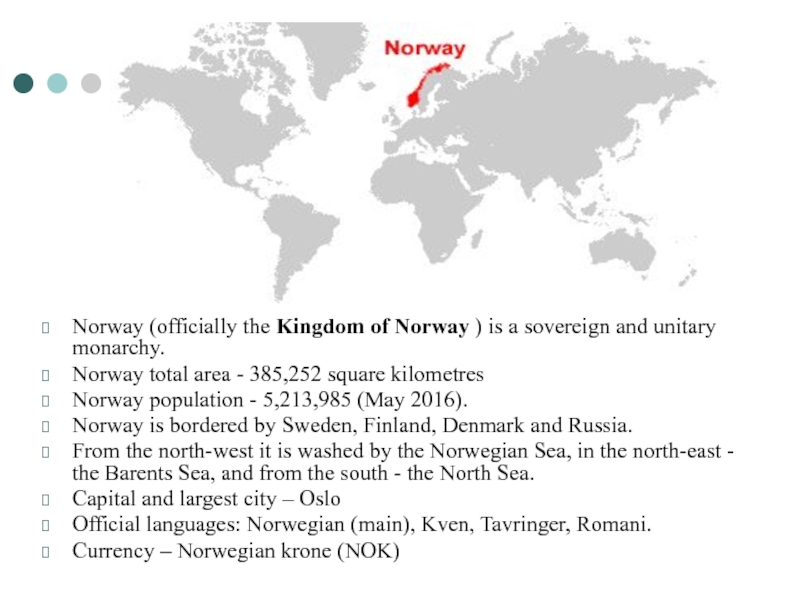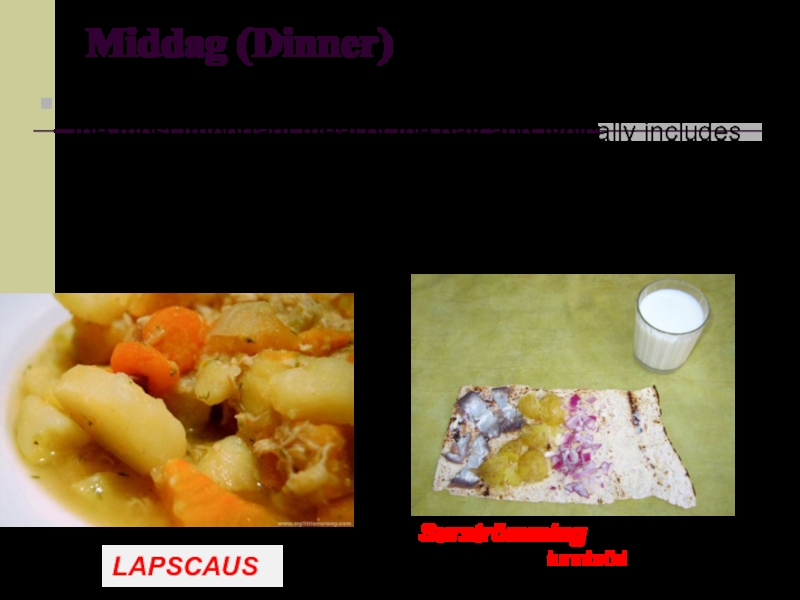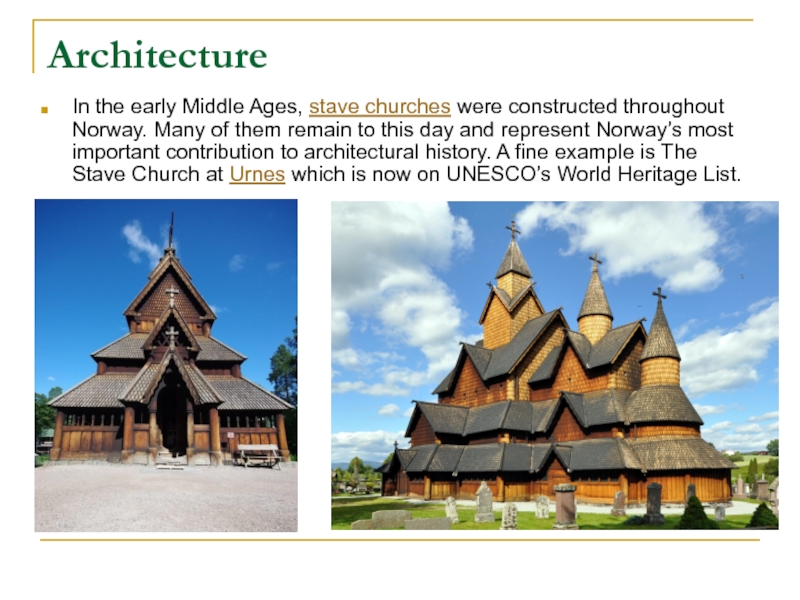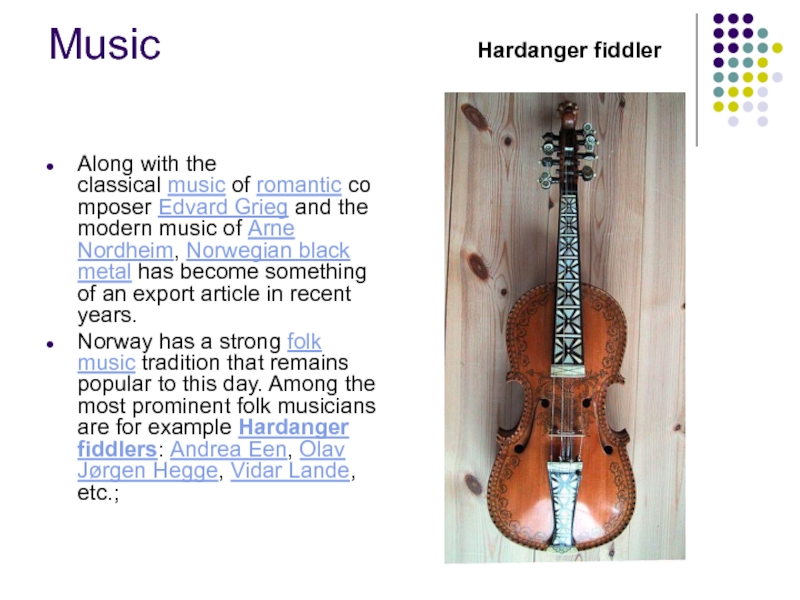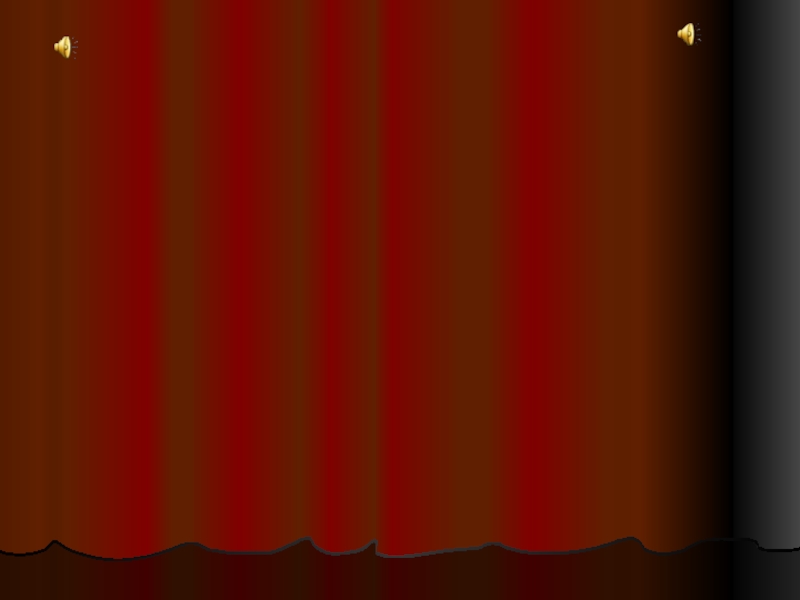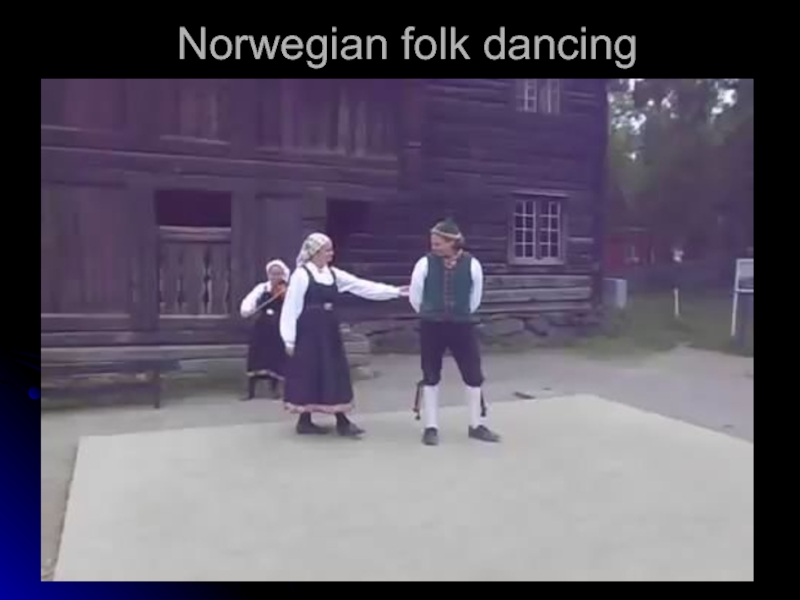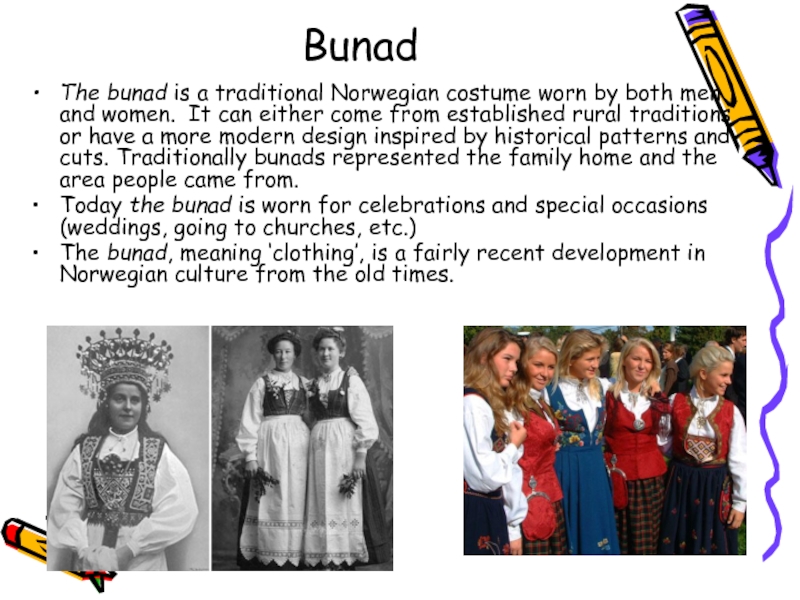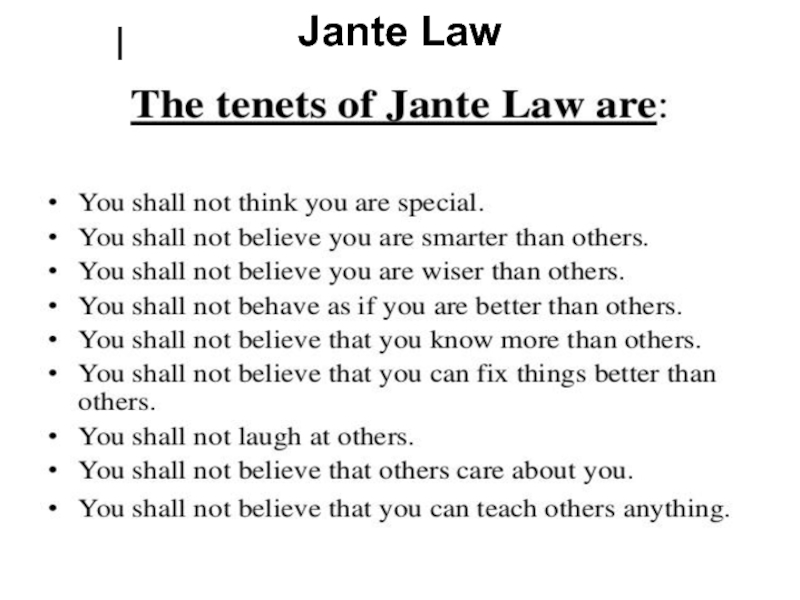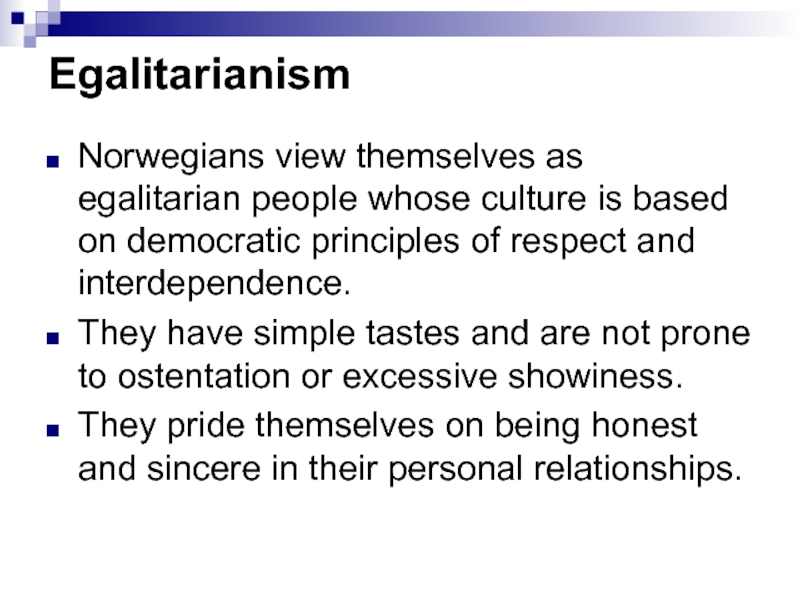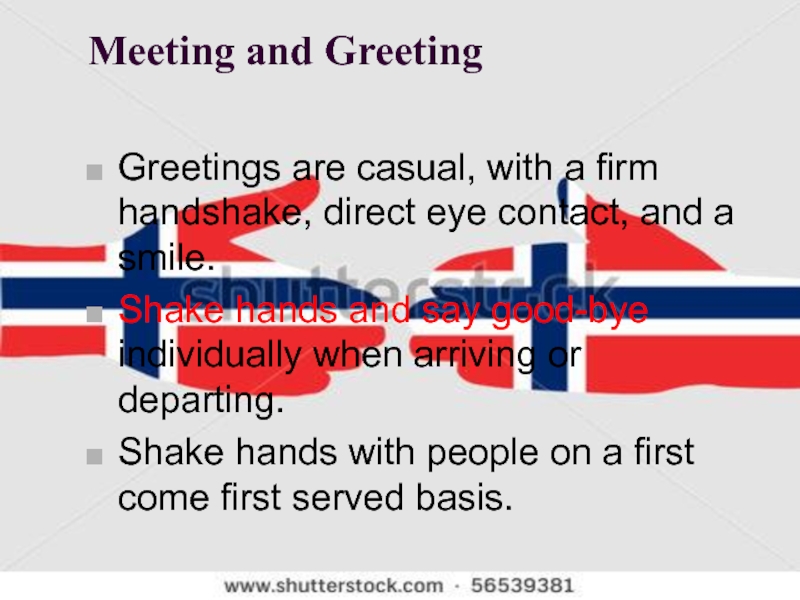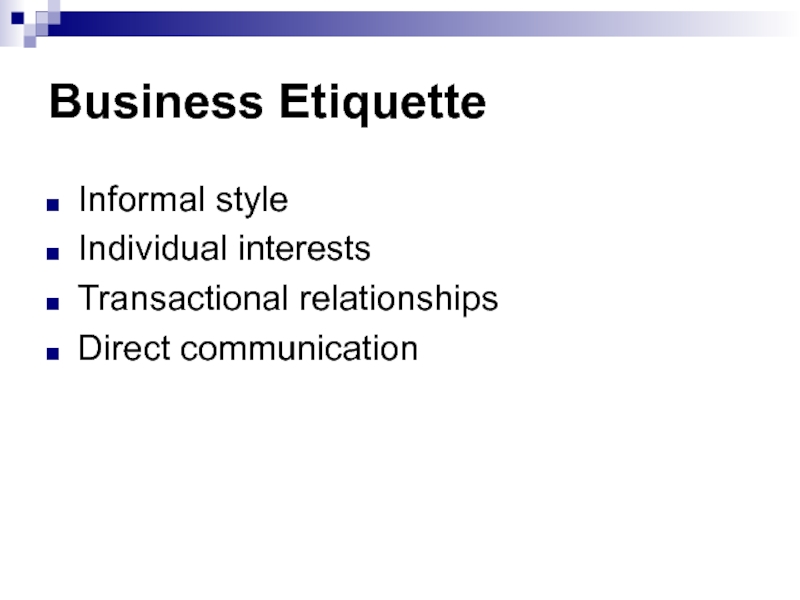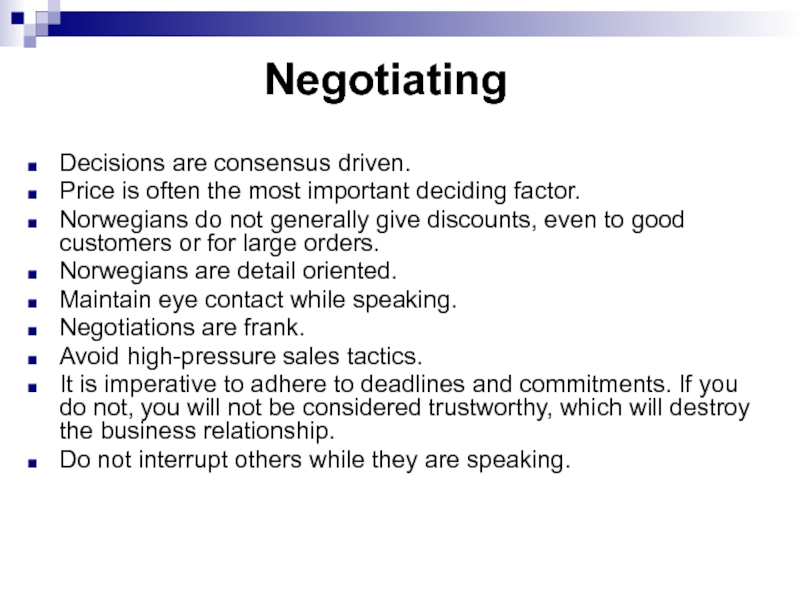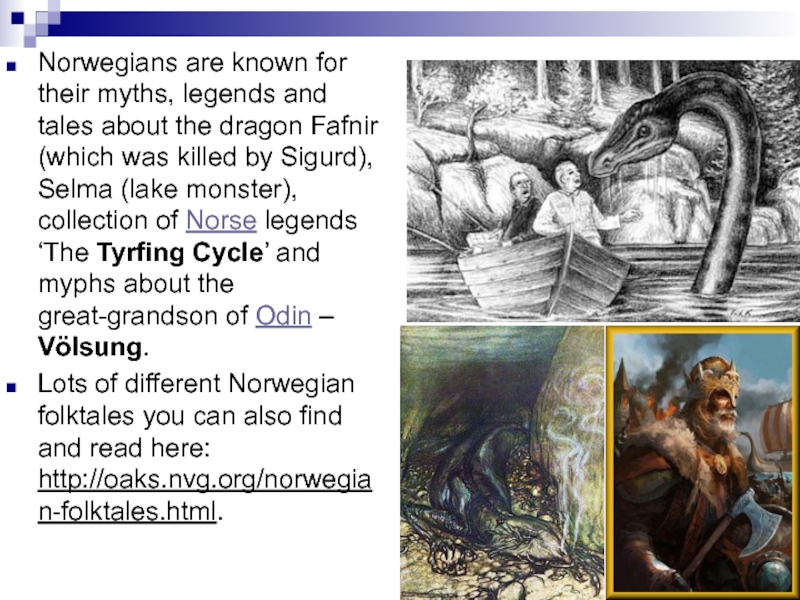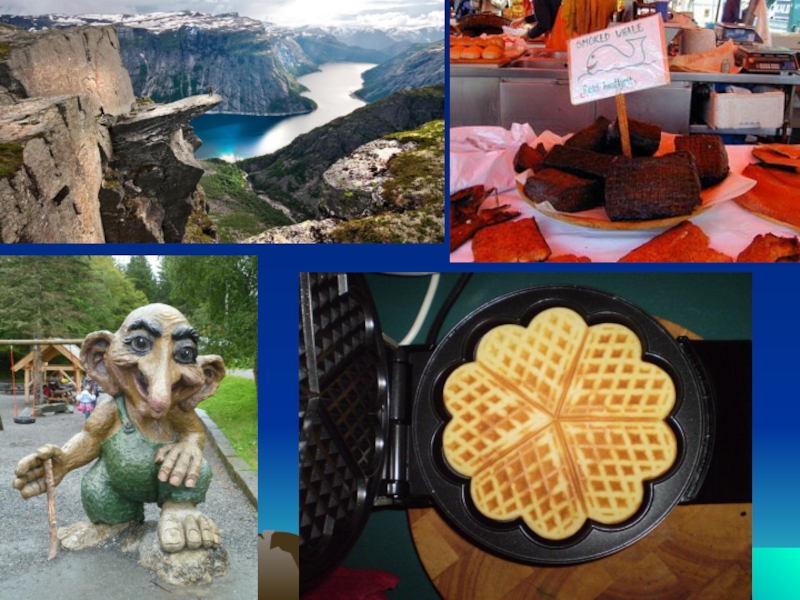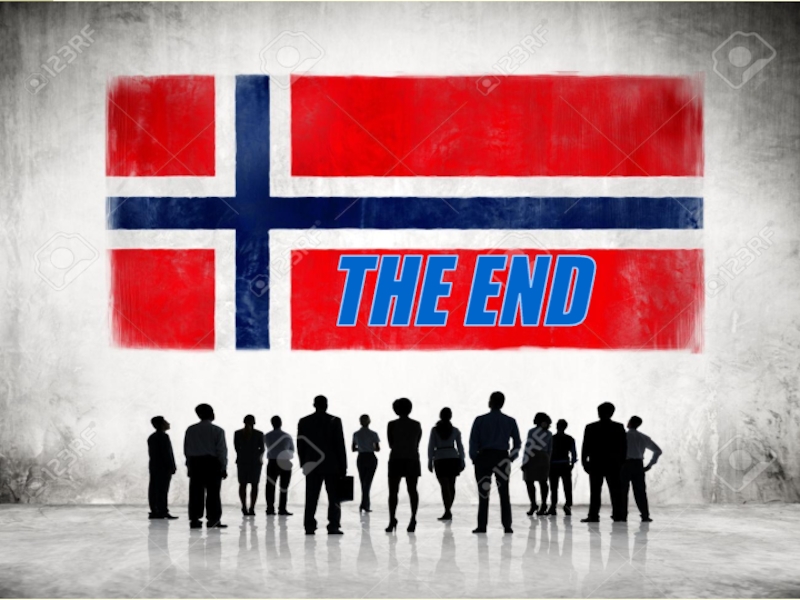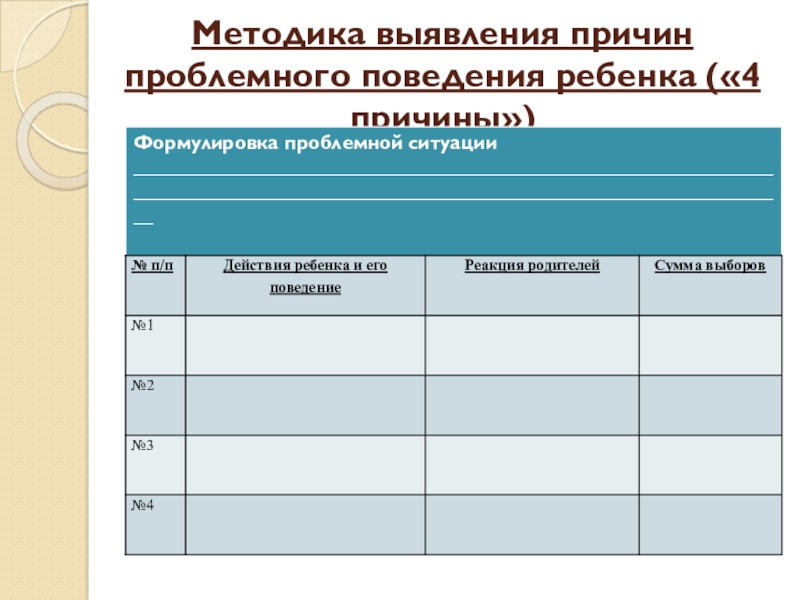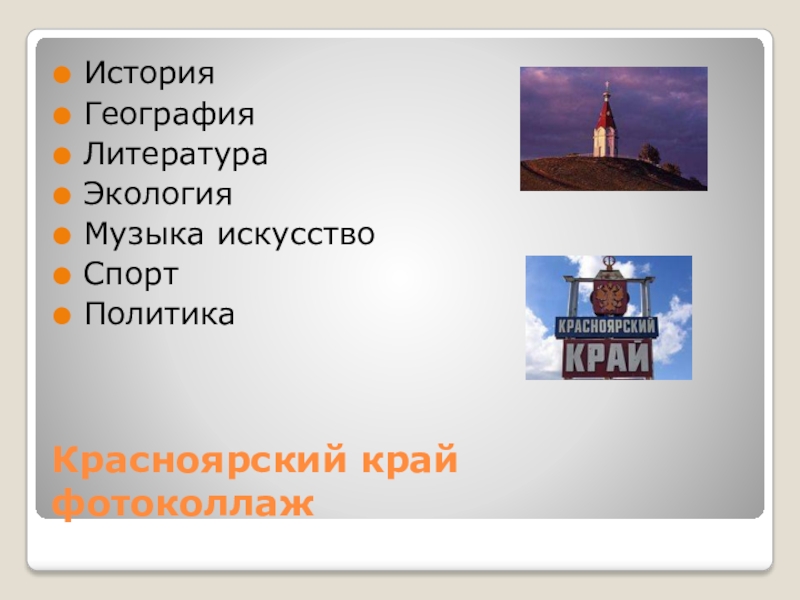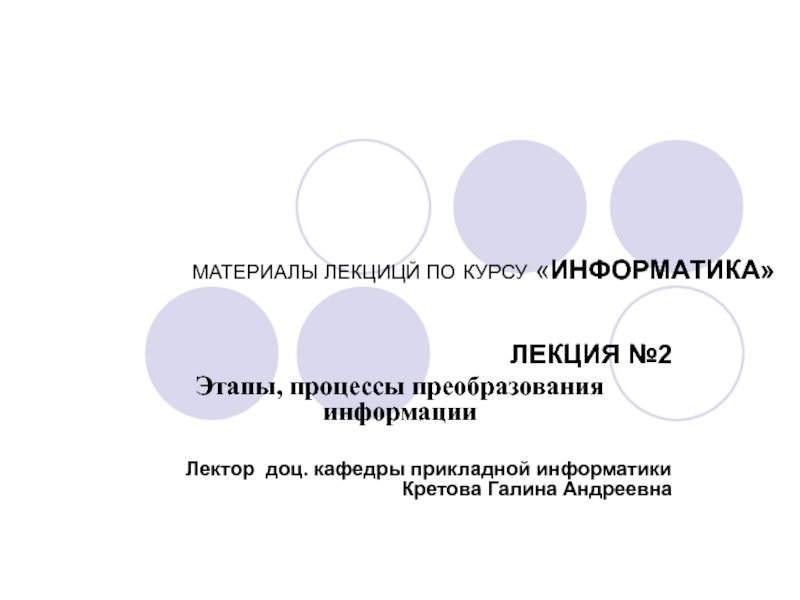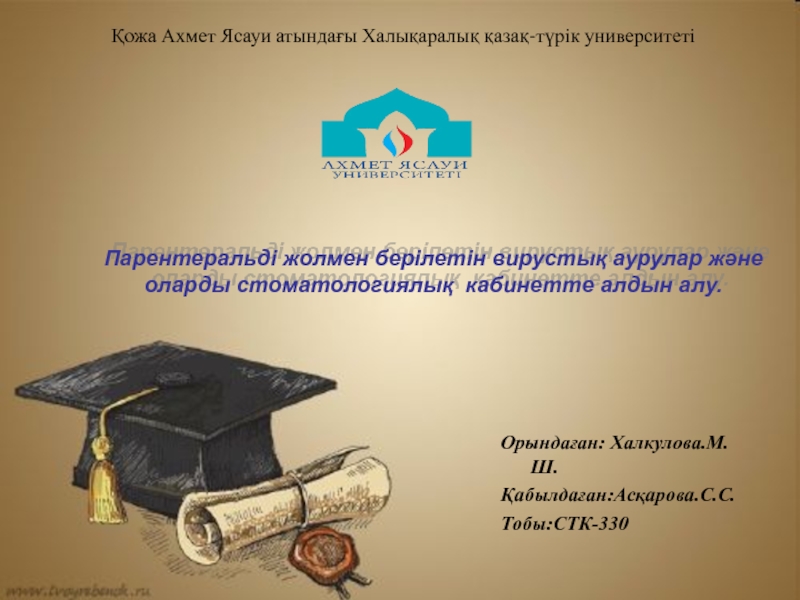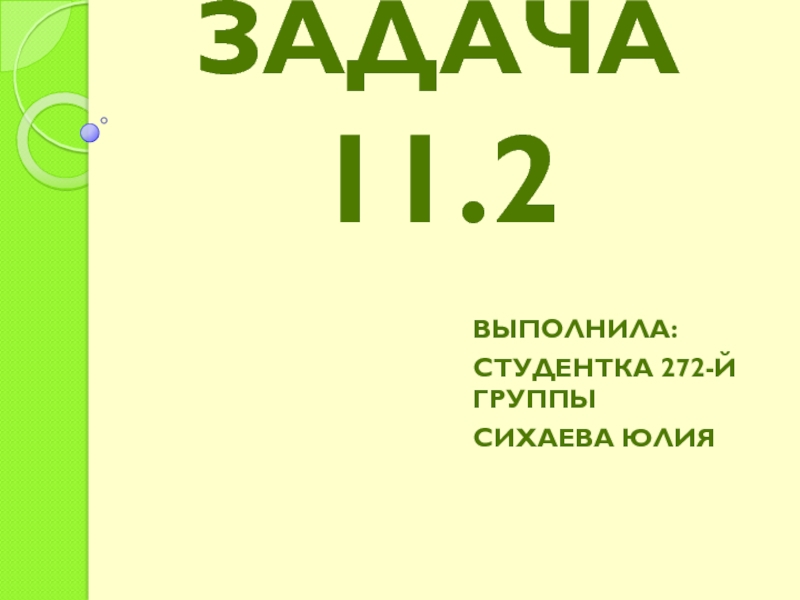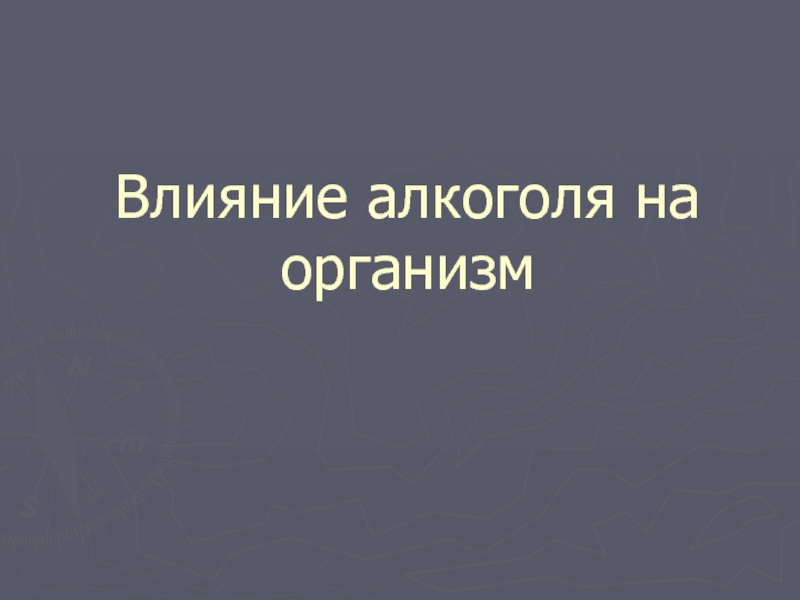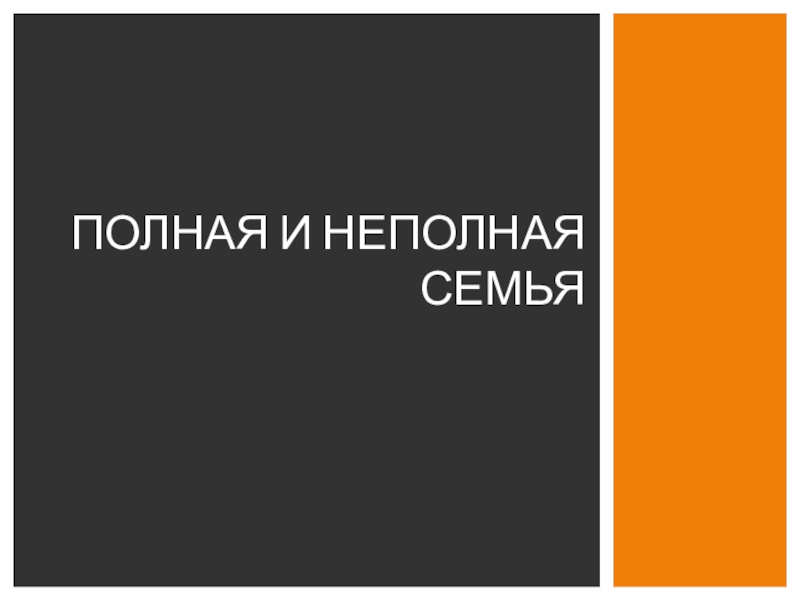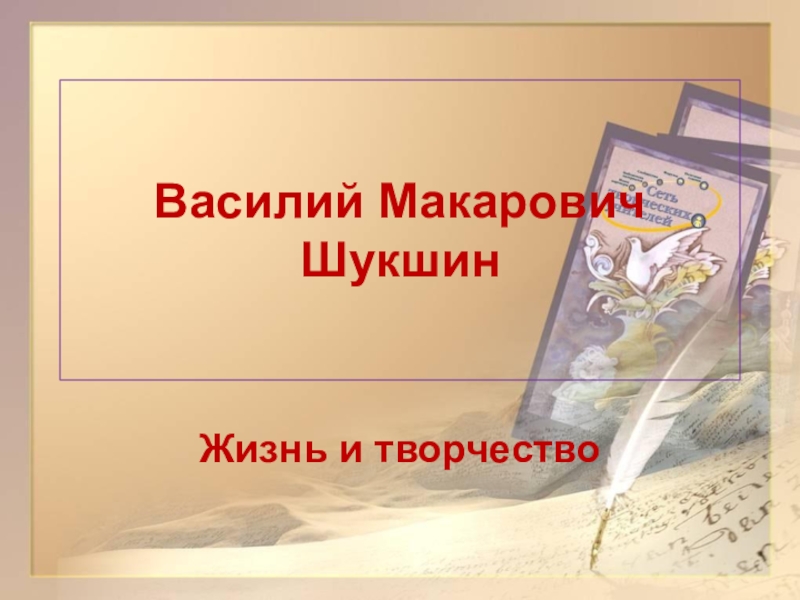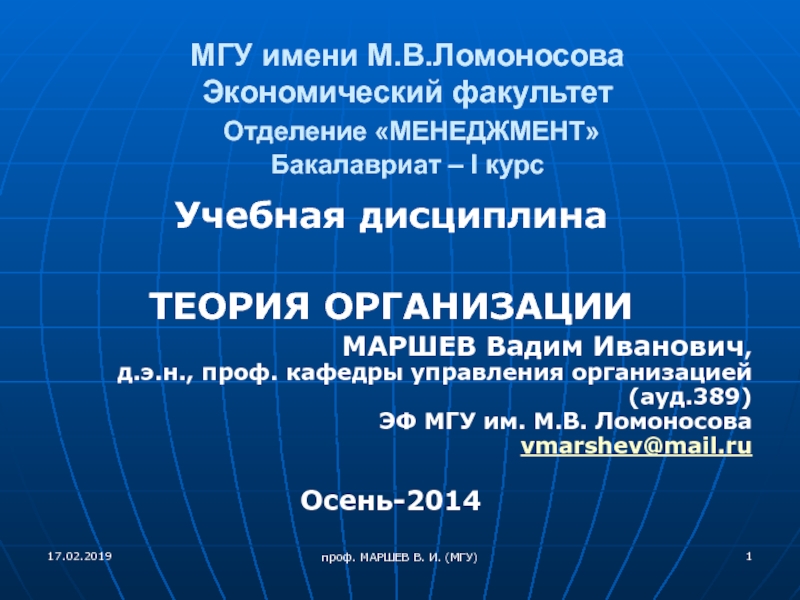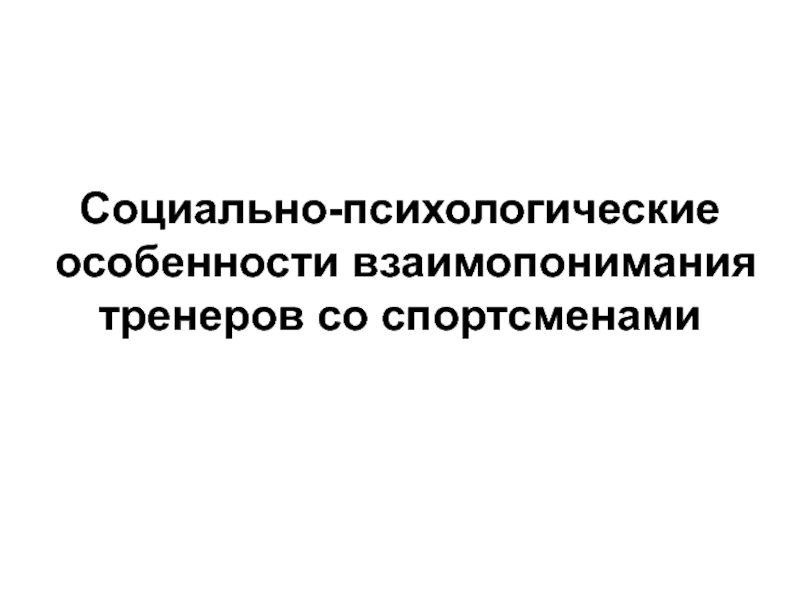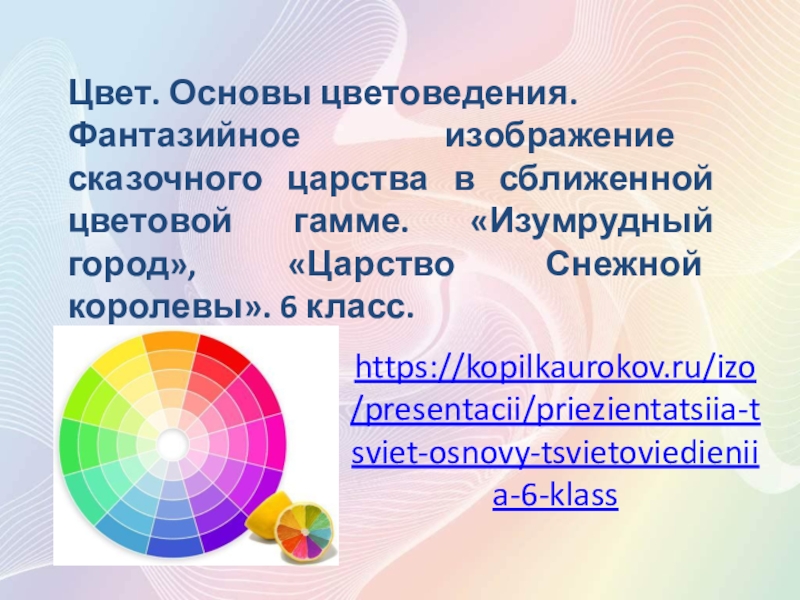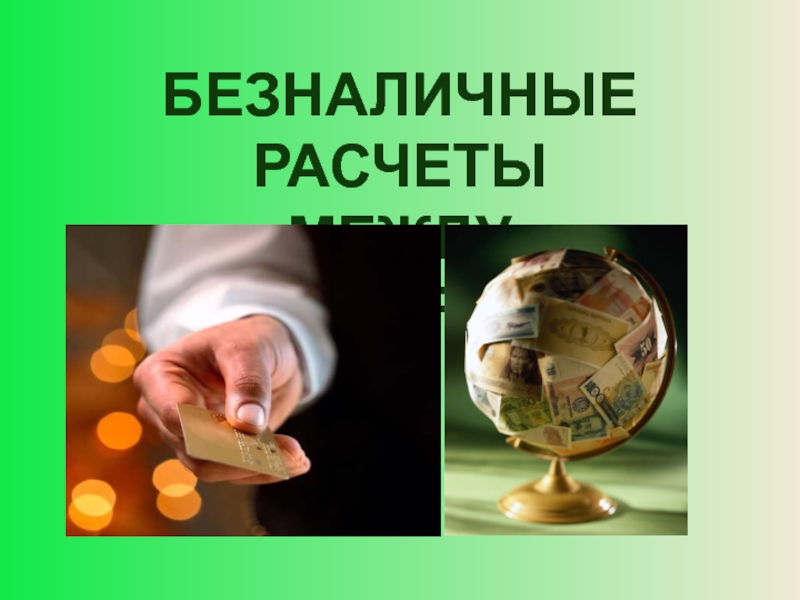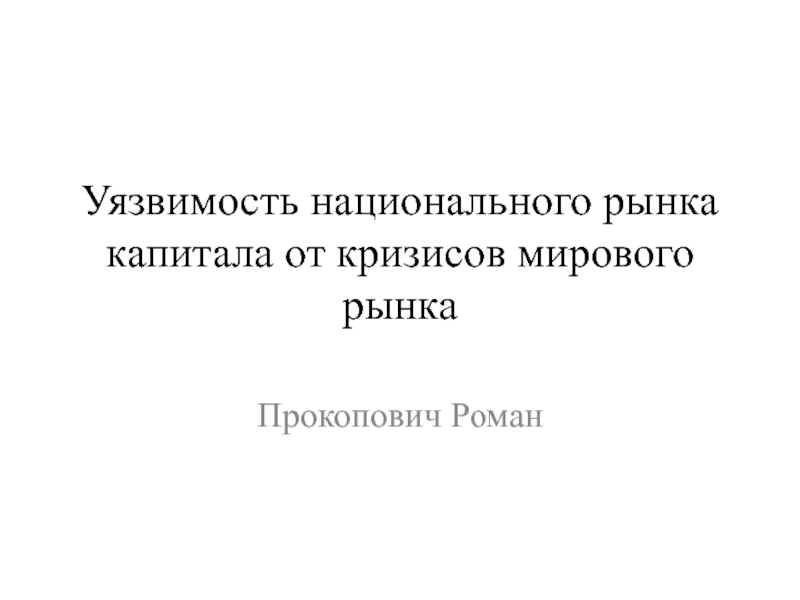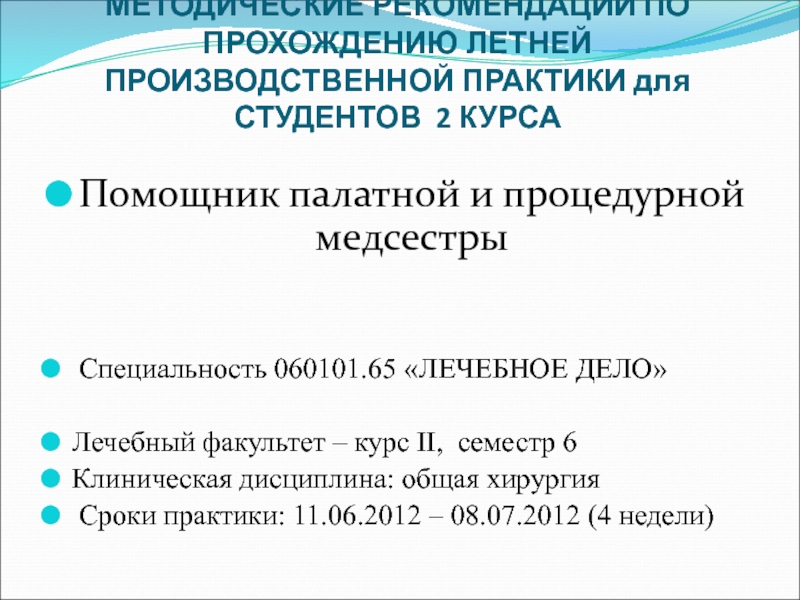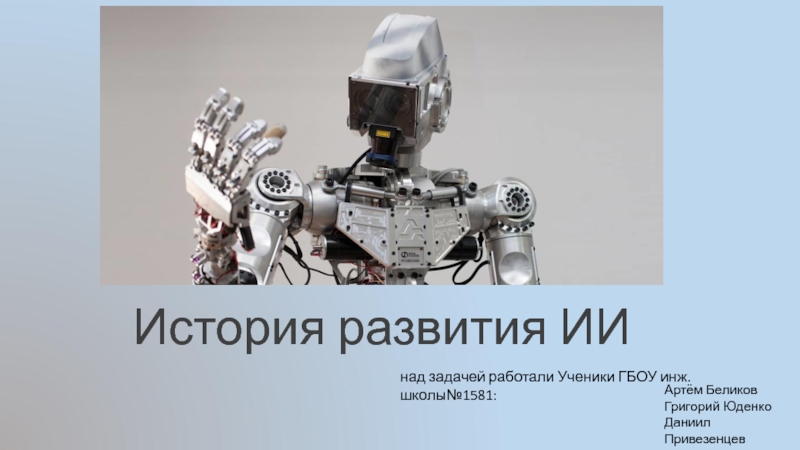Слайд 1CULTURAL ASPECTS OF BUSINESS ON THE EXAMPLE
Слайд 2Norway (officially the Kingdom of Norway ) is a sovereign and unitary monarchy.
Norway
total area - 385,252 square kilometres
Norway population - 5,213,985
(May 2016).
Norway is bordered by Sweden, Finland, Denmark and Russia.
From the north-west it is washed by the Norwegian Sea, in the north-east - the Barents Sea, and from the south - the North Sea.
Capital and largest city – Oslo
Official languages: Norwegian (main), Kven, Tavringer, Romani.
Currency – Norwegian krone (NOK)
Cuisine
Norway's culinary traditions show the influence of
long seafaring and farming traditions with salmon, herring, trout, cod, and other sea food.
Norwegian cuisine, traditionally, is based largely on the raw Norwegian materials. It differs in many aspects from its continental neighbours with a stronger focus on game (game or quarry is an animal hunting for sport or food) and fish. Many of the traditional dishes are results of using conserved materials, due to the long winters.
Seagull Eggs (and Beer)
Rømmegrøt (Sour Cream Porridge)
Слайд 4Frokost (breakfast)
The basic Norwegian breakfast consists of milk or fruit
juice, coffee (or more rarely tea), and open sandwiches with meat cuts,
spreads, cheese or jam. Cereals such as corn flakes, muesli and oatmeal are also popular, particularly with children, as is yogurt and pancakes.
Norwegian pancakes look like burritos with jelly on top
Слайд 5Middag (Dinner)
Norwegians usually eat dinner at around 4-5 p.m. This
is the most important meal of the day and typically
includes carbohydrate-rich foods such as potatoes and protein-rich foods such as meat or fish.
LAPSCAUS
Surströmming with potatoes and onion on *tunnbröd (looks like a pitta bread).
Слайд 6Kveldsmat (Supper)
Norwegians usually eat supper at around 7-8 p.m. This
may be some open bread sandwiches.
Слайд 7Architecture
In the early Middle Ages, stave churches were constructed throughout Norway. Many
of them remain to this day and represent Norway’s most
important contribution to architectural history. A fine example is The Stave Church at Urnes which is now on UNESCO’s World Heritage List.
Art
Kitty Kielland - Efter solnedgang (After sunset 1885)
Edvard Munch «The Scream»
Frits Thaulow (Landscape-painter)
Слайд 9Music
Along with the classical music of romantic composer Edvard Grieg and the modern music of Arne Nordheim, Norwegian
black metal has become something of an export article in recent
years.
Norway has a strong folk music tradition that remains popular to this day. Among the most prominent folk musicians are for example Hardanger fiddlers: Andrea Een, Olav Jørgen Hegge, Vidar Lande, etc.;
Hardanger fiddler
Слайд 12Norway has a strictly egalitarian culture within which Jante Law
is a pillar. According to Jante Law, values of humility,
respect, simplicity and equality are a priority.
Norwegian people are valued for their honesty, respect and goodness without any need to judge others on their professional standing.
For anyone doing business in Norway, there is a distinct professional style.
Norwegians respect openness, honesty and sincerity. And you must be willing to deal with the fact that Norwegians will take their time before making any business decision.
Norwegians will only do business with those they trust.
Слайд 13Accommodation
When it comes to accommodation, you can expect the high
cost of living and high taxes, but don’t worry. Salaries
are very competitive and the quality of life is exceptional.
Norway is one of the most expensive countries in the world to live in.
Слайд 14Building good relationships
When you are invited for a meal
at a Norwegian home, you must always be punctual. It
is also customary to bring a gift such as flowers, a houseplant, chocolates or wine. Do not bring an even numbers of flowers, as this is considered disrespectful according to ancient tradition.
Table manners are formal and almost all food is eaten with a knife and fork. Do not begin eating until the hostess starts and if you wish to make a toast, avoid doing so using beer. And always reciprocate any invitation! It is good manners and a fast track to making friends.
Слайд 15Bunad
The bunad is a traditional Norwegian costume worn by both
men and women. It can either come from established rural
traditions or have a more modern design inspired by historical patterns and cuts. Traditionally bunads represented the family home and the area people came from.
Today the bunad is worn for celebrations and special occasions (weddings, going to churches, etc.)
The bunad, meaning ‘clothing’, is a fairly recent development in Norwegian culture from the old times.
Слайд 17Egalitarianism
Norwegians view themselves as egalitarian people whose culture is based
on democratic principles of respect and interdependence.
They have simple tastes
and are not prone to ostentation or excessive showiness.
They pride themselves on being honest and sincere in their personal relationships.
Слайд 18Meeting and Greeting
Greetings are casual, with a firm handshake, direct
eye contact, and a smile.
Shake hands and say good-bye individually
when arriving or departing.
Shake hands with people on a first come first served basis.
Слайд 19Business Etiquette
Informal style
Individual interests
Transactional relationships
Direct communication
Слайд 20 Negotiating
Decisions
are consensus driven.
Price is often the most important deciding factor.
Norwegians
do not generally give discounts, even to good customers or for large orders.
Norwegians are detail oriented.
Maintain eye contact while speaking.
Negotiations are frank.
Avoid high-pressure sales tactics.
It is imperative to adhere to deadlines and commitments. If you do not, you will not be considered trustworthy, which will destroy the business relationship.
Do not interrupt others while they are speaking.
Слайд 21Myths, Legends and Folktales
Norway has a rich tradition of
myths, legends, superstition and folk tales. In these stories we
meet all sorts of different gods and supernatural beings such as trolls, gnomes, pixies, wood nymphs and water spirits. The stories also often involve kings and queens and beautiful princesses as well as ordinary young people who experience an exciting adventure.
Слайд 23Norwegians are known for their myths, legends and tales about
the dragon Fafnir (which was killed by Sigurd), Selma (lake
monster), collection of Norse legends ‘The Tyrfing Cycle’ and myphs about the great-grandson of Odin – Völsung.
Lots of different Norwegian folktales you can also find and read here: http://oaks.nvg.org/norwegian-folktales.html.
Слайд 24The 11 Most Famous Things about Norway
Fjords
Whale Meat and other
kinds of fish
Skiing
Elk and Reindeer
Coffee (kokekaffe, or ‘steeped coffee’)
Waffles
Trolls (sculptures)
The
Midnight Sun Stave Churches
Vikings
Stave Churches
